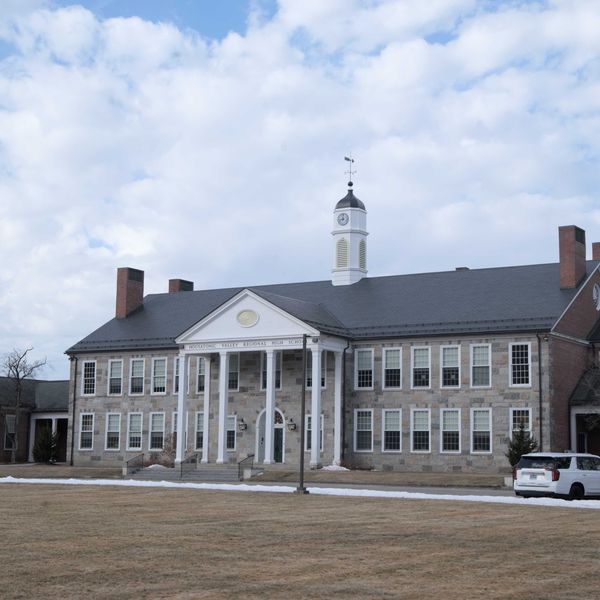‘HVRHS Today’ — a new paper
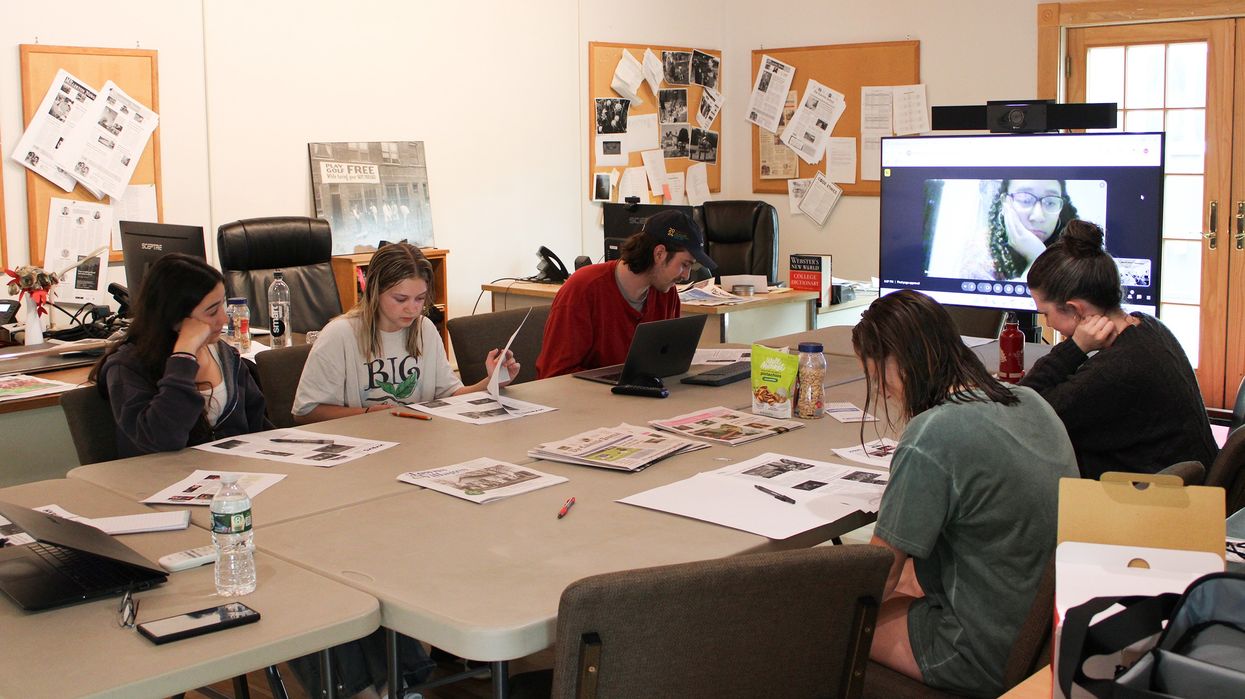
From left, Ibby Sadeh, Anna Gillette, Nathan Miller, Maddy Johnson and Caitlin Hanlon proof the pages of HVRHS Today at The Lakeville Journal office while Shanaya Duprey teleconferences in on Thursday, May 29.
James H. Clark


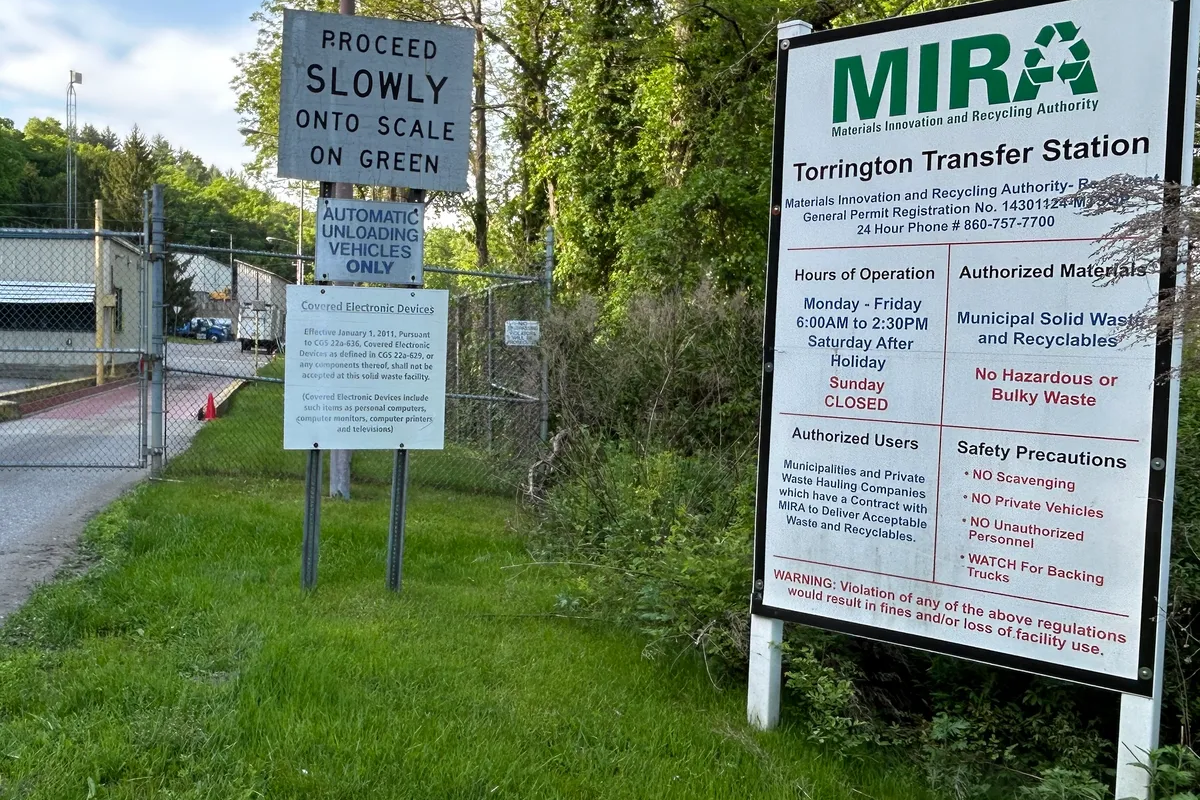

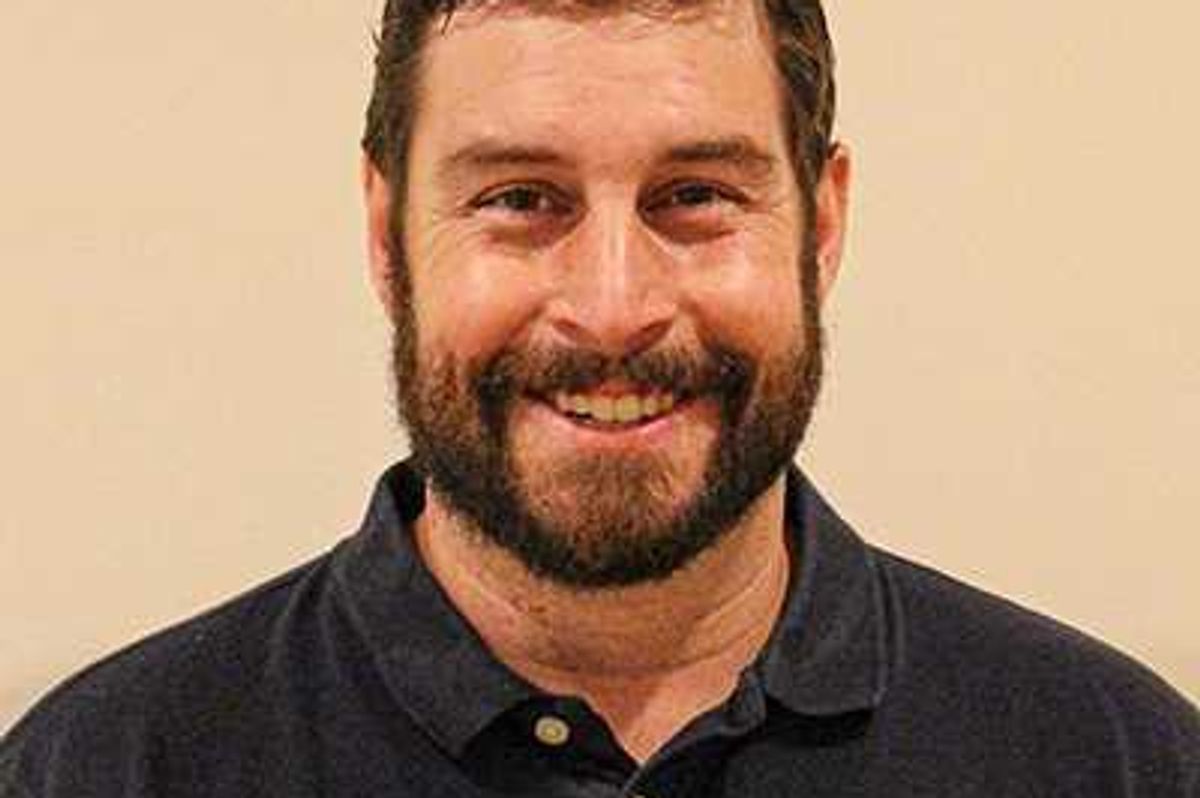
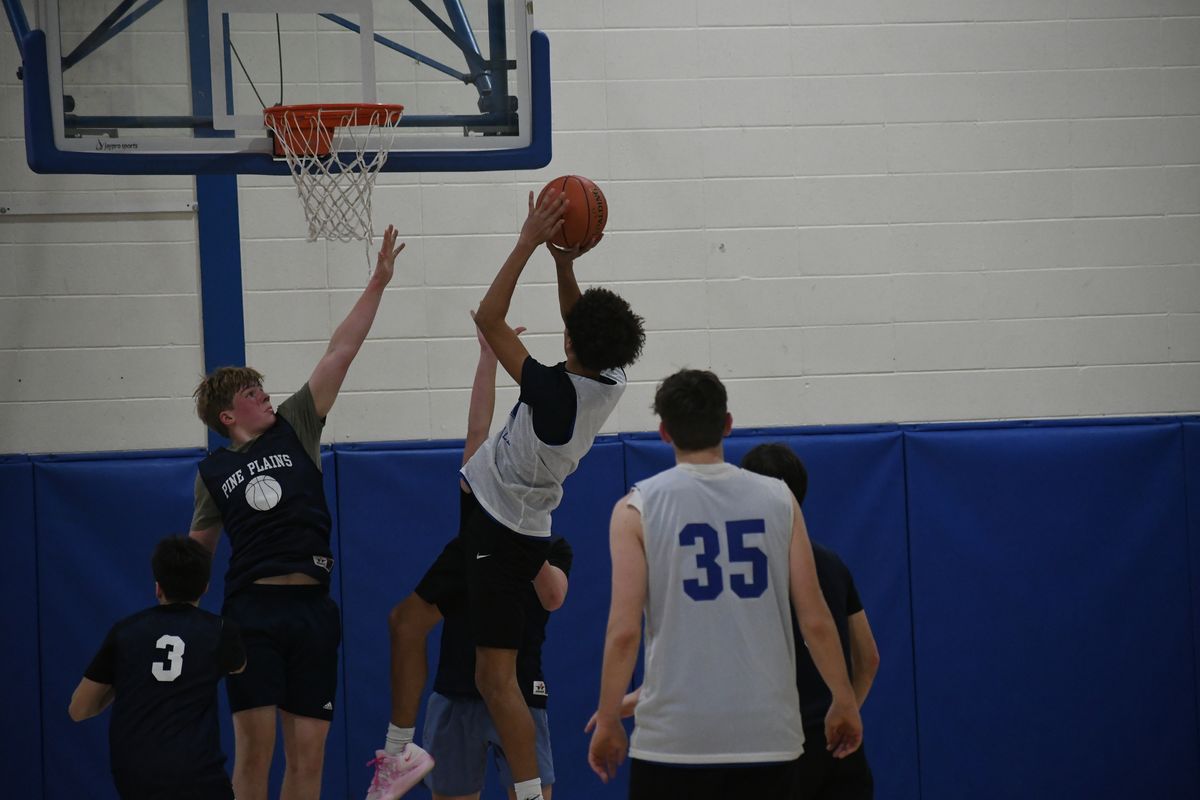
 Nick Crodelle dribbles the ball up the court during the game.
Nick Crodelle dribbles the ball up the court during the game.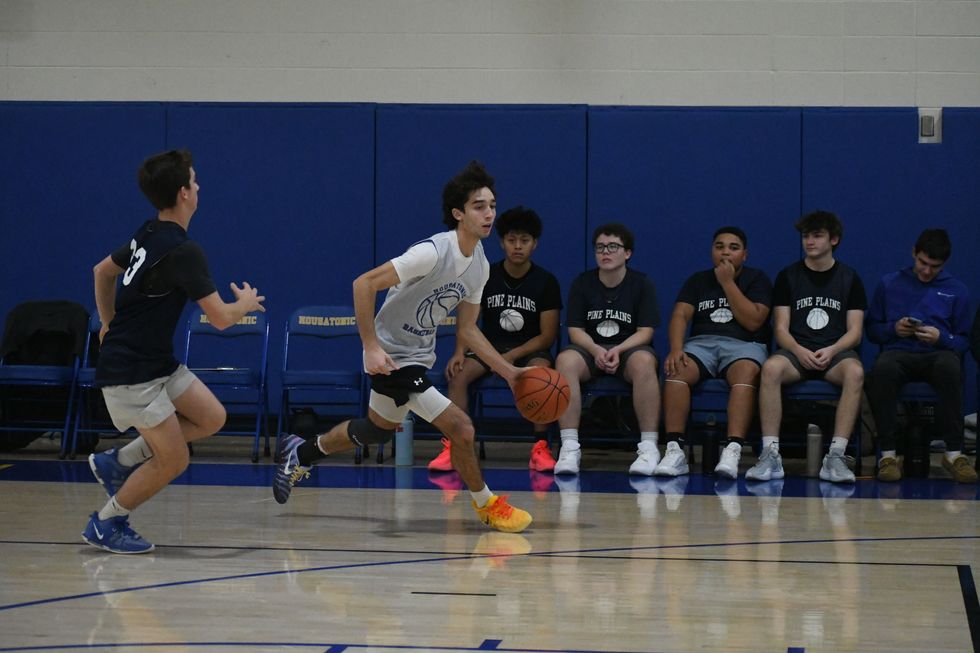 Anthony Labbadia
Anthony Labbadia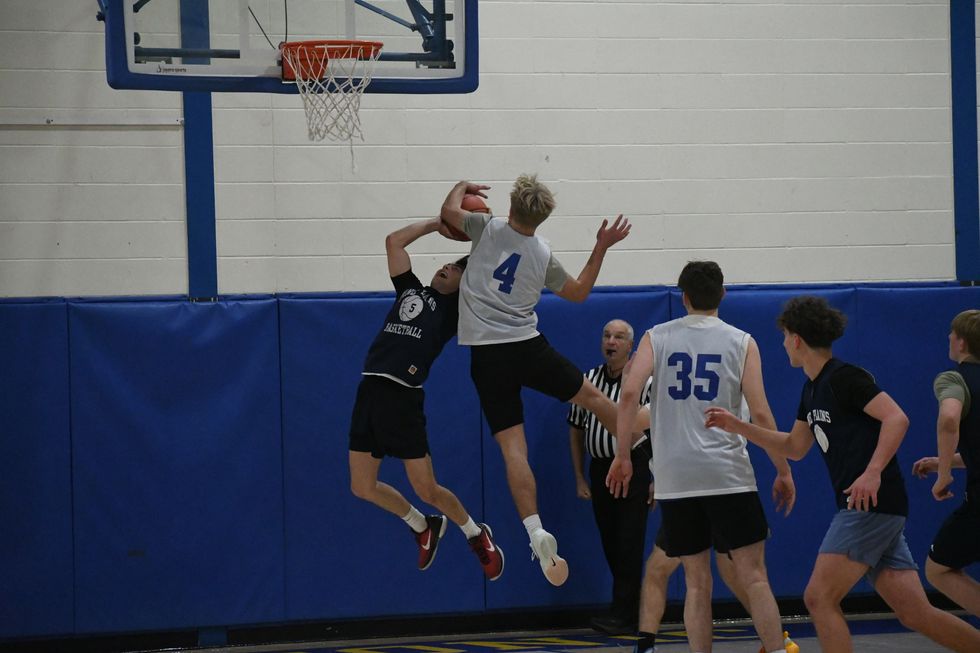 Owen Riemer block By Riley Klein
Owen Riemer block By Riley Klein 
